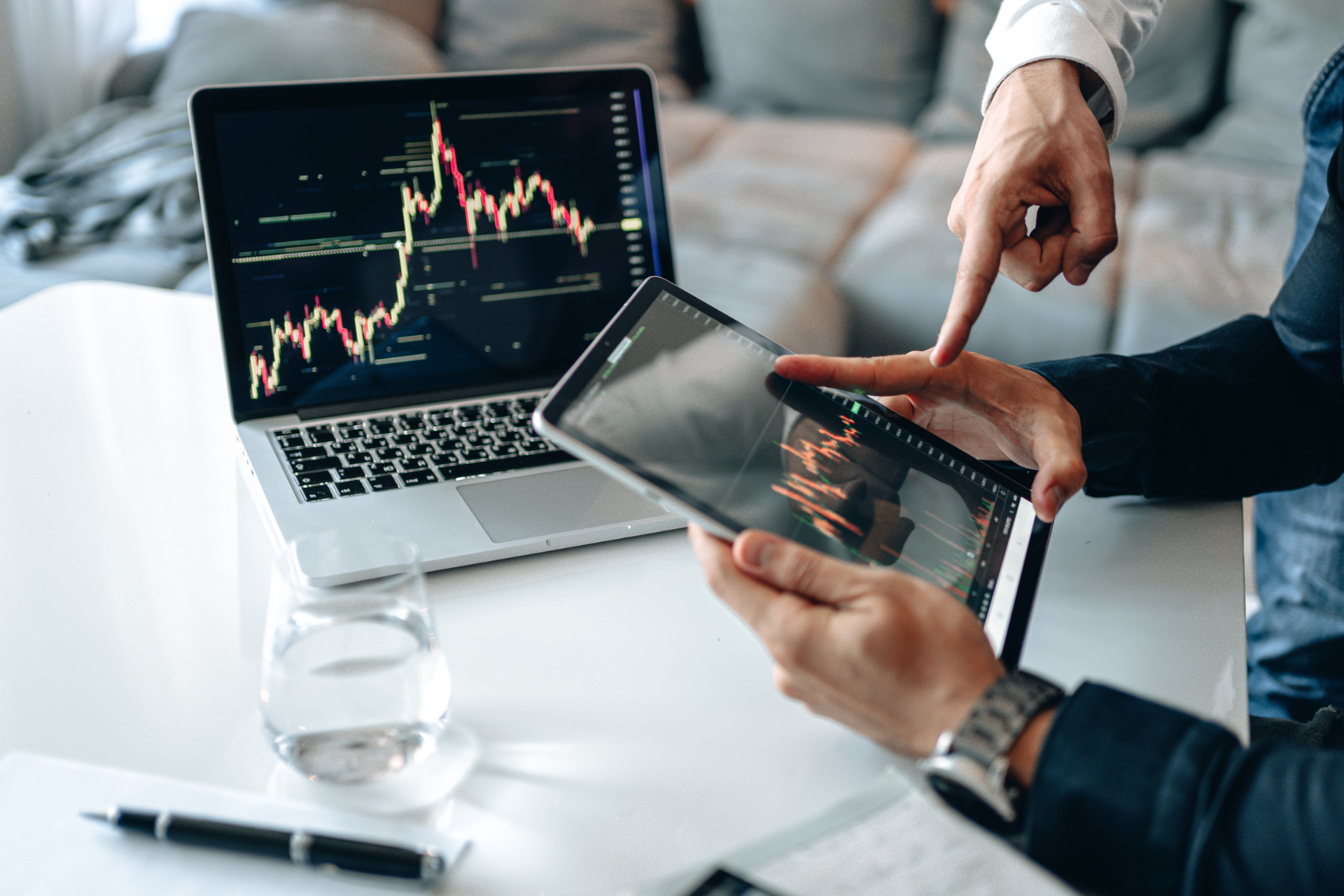What is Trading Expectancy and how to implement this in your trading?
A common question among traders is how they can assess the efficiency and consistency of their approach. They are curious about the expected profit or loss on each trade using their present trading strategy. Trading expectancy is useful in this situation. The average result of a trade is based on a trader’s past performance and is commonly referred to as Trading expectancy.
What is Trading Expectancy?
Trading expectancy is defined as the average amount a trader can expect to win or lose per trade, taking into account the probability of winning and losing trades as well as the average gains and losses associated with each. The formula for calculating trading expectancy is:
Where:
- Win Rate is the percentage of trades that are profitable.
- Average Win is the average profit from winning trades.
- Loss Rate is the percentage of trades that are not profitable.
- Average Loss is the average loss from losing trades
You can use expectancy, a mathematical formula or method (Algorithm), to evaluate gains (or losses). Additionally, it can assist in determining whether your trade is off due to the elements not included in your strategy, which helps prevent issues that might not be as obvious in a fast-paced trading environment.
It operates by reviewing your most recent trades or trades for a particular period of time you like to review and contrasting winning and losing trades. If you do a little calculation, it will show you how much you should make trading with that system on average. You can accomplish this with as few as a dozen trades; but, the more trade history you enter, the more reliable the outcome is likely to be. Back testing is another option to increase the number of deals you include in the calculations. Alternatively, compare your long-term back testing with your actual trading.
How does it work?
To calculate Expectancy, multiply the percentage of winning transactions by the average profit, deduct the percentage of losing deals from the average loss, and repeat the process.
Expectancy = (win rate * average win) – (loss rate * average loss)
Of course, as trading conditions vary, it cannot forecast your future earnings. Furthermore, it won’t always be the same for the same reason. However, it might offer you some direction and a framework for more research.
Implementing this in your trade
For instance, you would have a 70% win rate if you made 10 trades and 5 of them were profitable. If your total wins equal, let’s say, $1,000, you can divide that amount by the total number of profitable transactions, and you’ll have an average win of $100. Three transactions remained, all of which were losers, since seven of the 10 were winners. Assume you lose each trade by the same amount that you win:
Expectancy = (70% * $100) – (30% * $100) = $40.
In simpler terms, you ought to expect gaining about $40 per trade on an average with such a strategy.
If you need to compare two trading systems or techniques, this could be useful. If you need to compare two trading systems or techniques, this could be useful. One might give more signals but have a lower win ratio.. Which one will probably end up making the most money in the long run? Perhaps expectancy will provide the solution.
Make the most out of your trading journey
At ForexHero, we believe in empowering traders with the tools and knowledge they need to thrive in the forex market. Our platform offers a wealth of resources and educational content designed to help traders sharpen their skills and achieve their trading goals. Join us on ForexHero and unlock your full trading potential today. Run Bots (Automated bots) With ~90% Win Rate and more. CLICK HERE to know more.

